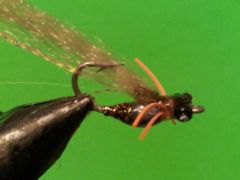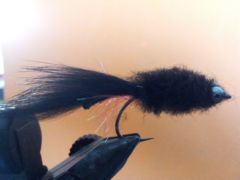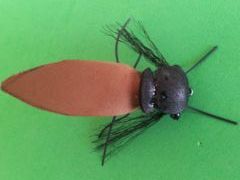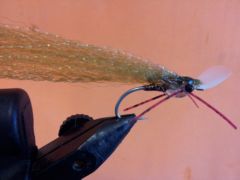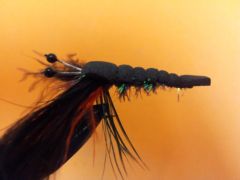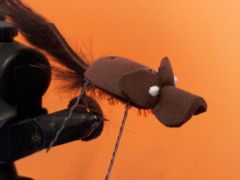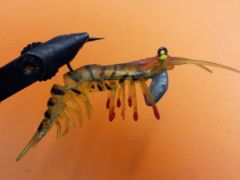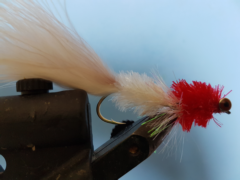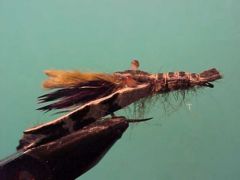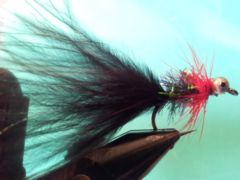Bonefish shrimp
Bonefish are an amphidromous species which means they migrate from fresh to salt water or from salt to fresh water at some stage of the life cycle other than the breeding period. They live in inshore tropical waters and moves onto shallow mudflats and sand flats to feed with the incoming tide. Adults and juveniles may shoal together, and they may be found singly or in pairs.

